
Rice exporters predict higher prices in Q2
Rice exporters expect global prices will increase in the second quarter because of the impact of the El Niño climate phenomenon and India's rice export restrictions. In July 2023, the Indian government banned the export of non-basmati white rice, followed by further restrictions on basmati and parboiled rice in response to increasing domestic prices and fear of a shortage because of weather conditions. Global rice prices have increased by 15-25% since the ban. Chookiat Ophaswongse, honorary president of the Thai Rice Exporters Association, said rice exports tallied 2.5 million tons in the first quarter as exporters are committed to delivering a large quantity, in particular white rice to major Southeast Asian markets such as Indonesia, the Philippines and Malaysia, as well as Africa and the Middle East.
Source: Bangkok Post
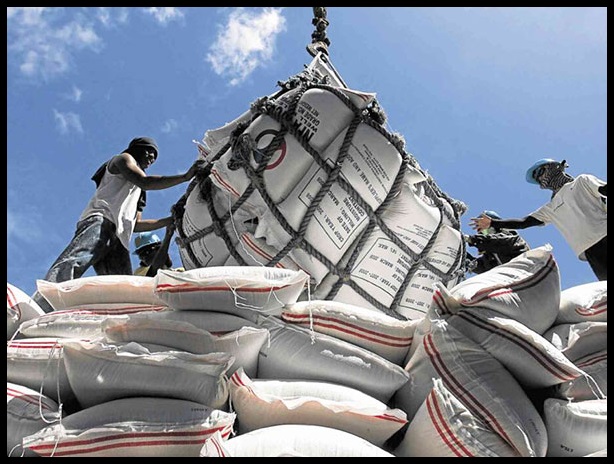
Singapore may face rice shortage on row between its aggregator and NCEL
A difference of opinion between National Cooperative Exports Ltd (NCEL) and Singapore's aggregator will likely leave the island-nation facing shortage of rice by June, say trade sources. Compounding things for the South-East Asian country is the tightening of procedures by Customs officials in Chennai and Thoothukudi VOC Chidambaranar ports. In view of the tightening, only 250 tonnes of rice have been shipped from the country to Singapore since March 1. Trade sources said Singapore's problems came to the fore after the Indian government allowed exports of 50,000 tonnes in September and six months later, the aggregator has issued tenders to procure 13,750 tonnes of rice, including idli rice, Sona Masuri, Ponni and ADT 36.
Source: Thehidubusinessline
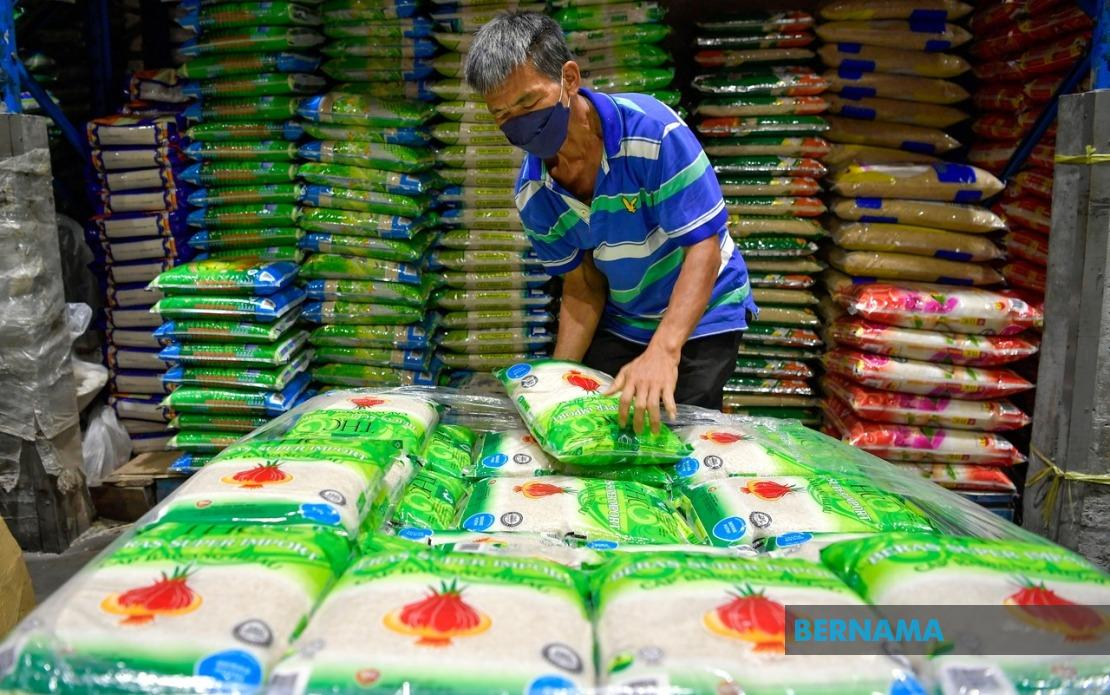
Govt contracts involving distribution of imported rice starts in April
KUALA LUMPUR, March 25 (Bernama) - Any government contracts involving the distribution of rice will be using imported white rice from April, said Agriculture and Food Security Minister Datuk Seri Mohamad Sabu. He said the effort is an intervention measure by the government to ensure the supply of local white rice (BPT) is sufficient in the market. "Therefore, 20,000 tonnes of BPT will be in the market. Similarly on the existing stock of BPT, we have ordered manufacturers to process and release the rice for public consumption," he said when winding up the debate on the Motion of Thanks for the Royal Address for his ministry in Dewan Negara today.
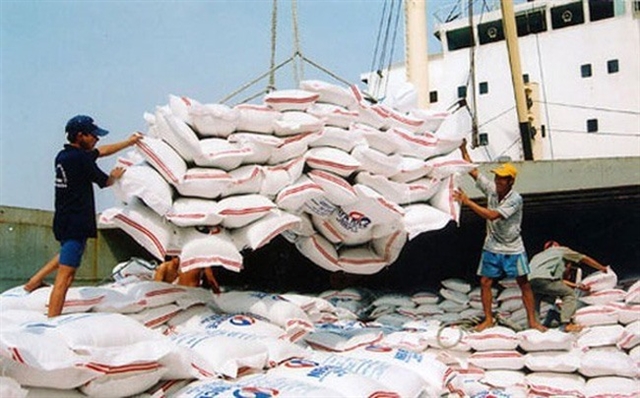
The Philippines' rice import demand is still high, expected to be about 3.5-3.8 million tones this year.
HÀ NỘI — The Philippine government is seeking to reduce its heavy dependence on Vietnamese rice by diversifying supply sources. This has been informed, commented and warned about by the Việt Nam Trade Office in the Philippines to Vietnamese ministries, regulatory agencies, policy makers and businesses. Updating information about the market and opportunities to promote rice exports at a recent trade promotion conference with Vietnamese trade offices in foreign markets, Phùng Văn Thành, Việt Nam Trade Counsellor in the Philippines, said that the Philippines produced rice, however, domestic rice production has always failed to meet consumer demand. The advantage of Vietnamese rice in the Philippine market was that many Vietnamese rice businesses have had long-term business relationships with Philippine rice importers, creating prestige and trust with Philippine partners, said Thành. At the same time, Vietnamese rice is suitable for the tastes, consumption habits and meets the diverse needs of Philippine consumers, from low and medium customers to the wealthy classes. The prices were affordable so the product was competitive, he added.
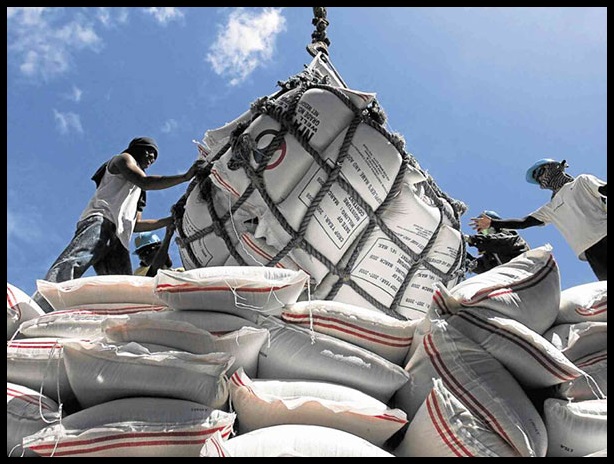
PH Sees decreased rice imports as local output rises
Due to increased local production, the Philippines might buy less rice from abroad despite a slight rise in Consumption caused by a weaker El Niño. According to a report by the US Department of Agriculture's Foreign Agricultural Service, the country's rice imports for this year could be 4 million metric tons instead of the earlier estimate of 4.1 million metric tons, as domestic production is expected to meet the slight rise in demand. The USDA's import projection is relatively flat as “the weakened El Niño forecast will support improved growing conditions for the wet season rice crop resulting in stable import demand.” It also said the minimum access volume or tariff rate quota for rice imports, set at 350,000 MT, was rendered "largely irrelevant" since at least 90 percent of imported rice comes from southeast asean countries.
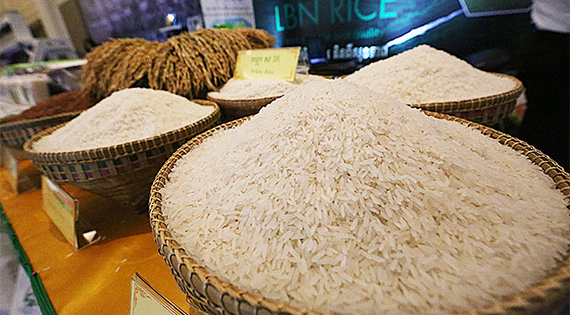
Cambodia’s milled rice export bags $253 million in January-July period
Cambodia has exported 362,708 tonnes of milled rice in the first seven months of this year, earning $253 million in revenue. The rice was shipped to 52 countries, with China being the top buyer. In addition, Cambodia had 49 million tonnes of border-traded paddy rice, generating $663 million in revenue. The Cambodia Rice Federation aims to export at least one million tonnes of milled rice by 2025.
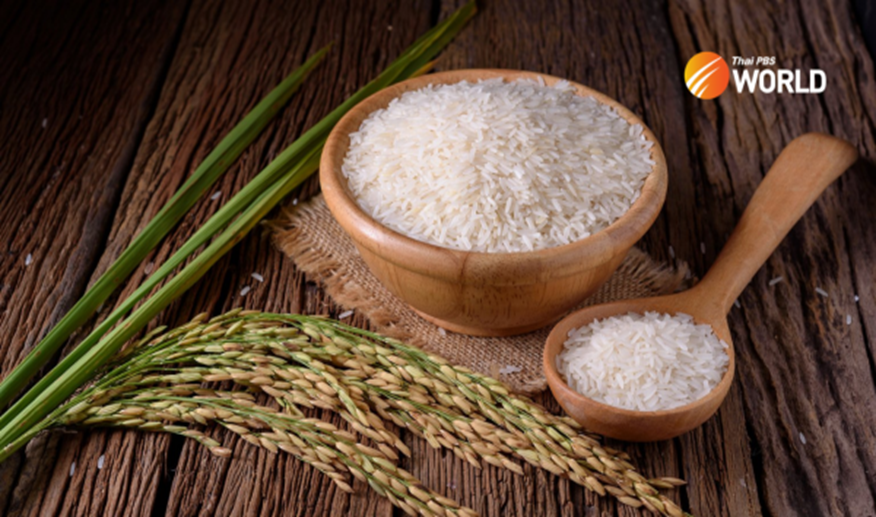
Thai rice varieties will no longer enter world’s best rice competition
លោក Chukiat Opaswongse ប្រធានកិត្តិយសនៃសមាគមអ្នកនាំចេញអង្ករថៃ (TREA) បាននិយាយកាលពីម្សិលមិញថា ប្រទេសថៃមិនបានចូលរួមក្នុងការប្រកួតប្រជែងអង្ករល្អបំផុតរបស់ពិភពលោកឆ្នាំ 2023 ដែលធ្វើឡើងក្នុងកំឡុងគណៈកម្មការអង្ករពិភពលោកអន្តរជាតិក្នុងប្រទេសហ្វីលីពីនទេ ហើយនឹងមិនធ្វើដូច្នេះទេក្នុងប៉ុន្មានឆ្នាំខាងមុខនេះ។
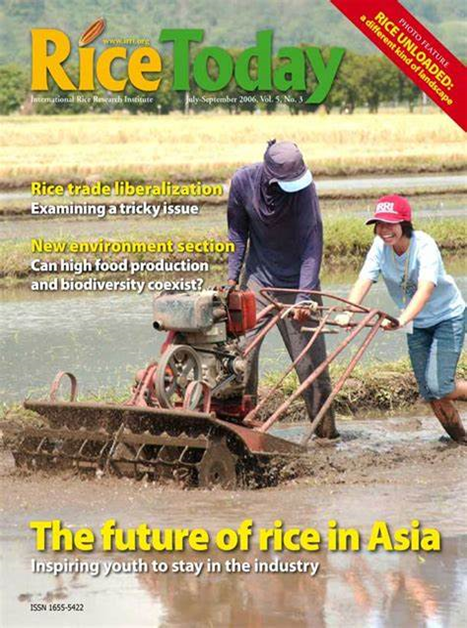
Is Cambodian Rice Ready for the World Market?
Cambodia is aiming to become a major rice exporter while also ensuring food security and addressing the challenges of climate change. The government has implemented policies to promote rice production and export, but faces issues such as fluctuating rice prices and the need for postharvest infrastructure improvement. Climate change impacts, including floods and droughts, also pose a threat to rice farming. To address these challenges, the Asian Development Bank (ADB) and other organizations are supporting Cambodia's efforts to transform its rice sector into a commercially oriented industry.

